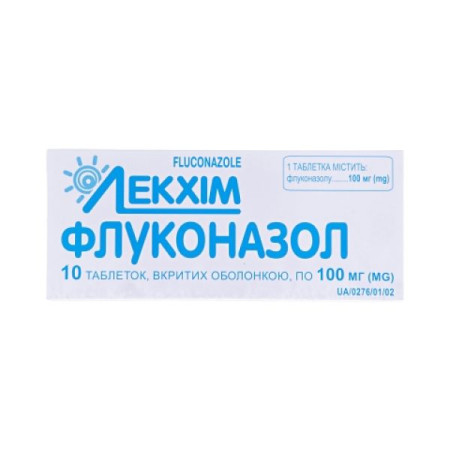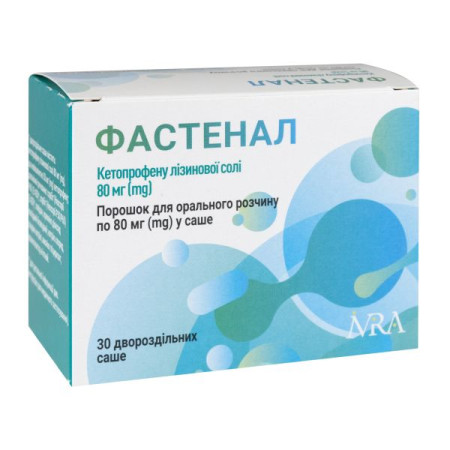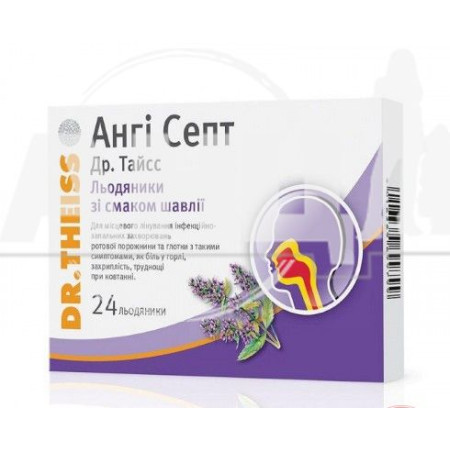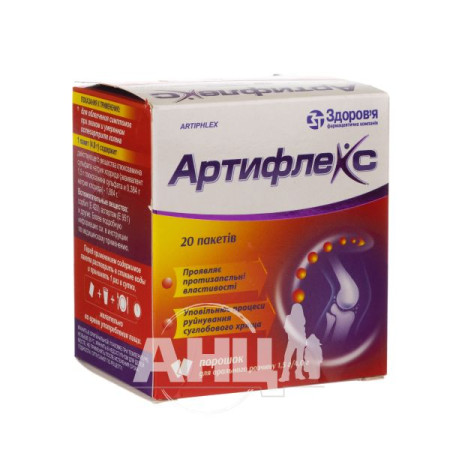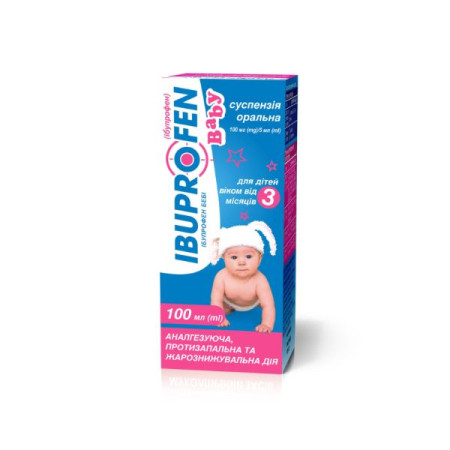Tylolfen Hot powder for oral solution sachet 20 g No. 6

Instructions for use Tylolfen Hot powder for oral solution, sachet 20 g No. 6
Composition
active ingredient: paracetamol, chlorpheniramine maleate, phenylephrine hydrochloride;
1 sachet contains paracetamol 500 mg, chlorpheniramine maleate 4 mg, phenylephrine hydrochloride 10 mg;
excipients: anhydrous citric acid, tartaric acid, sodium bicarbonate, anhydrous sodium carbonate, sodium benzoate (E 211), lemon flavor, confectioner's sugar, povidone, quinoline yellow (E 104).
Dosage form
Powder for oral solution.
Main physicochemical properties: granular free-flowing powder with white, light yellow and yellow granules with a lemon odor.
Pharmacotherapeutic group
Analgesics and antipyretics. Paracetamol, combinations without psycholeptics.
ATX code N02B E51.
Pharmacological properties
Pharmacodynamics
The basis of the drug is a combination of drugs that act on the main links in the pathogenesis of colds. Paracetamol has an antipyretic and analgesic effect; chlorpheniramine maleate is a blocker of H1-histamine receptors, has a desensitizing effect, which is manifested in a decrease in the inflammatory reaction of the mucous membranes of the upper respiratory tract (nasal breathing improves, a runny nose decreases, sneezing and lacrimation disappear), phenylephrine hydrochloride causes a decrease in edema and hyperemia of the mucous membrane of the upper respiratory tract and sinuses.
Pharmacokinetics
Not studied.
Indication
Symptomatic treatment of influenza and colds in adults and children over 12 years of age, accompanied by fever, headache, rhinitis.
Contraindication
Hypersensitivity to any of the components of the drug or to other antihistamines; severe liver and/or kidney dysfunction, congenital hyperbilirubinemia, glucose-6-phosphate dehydrogenase deficiency, alcoholism; blood diseases (including anemia, leukopenia); severe cardiovascular diseases, including severe conduction disorders, severe atherosclerosis, severe coronary artery disease, severe arterial hypertension, decompensated heart failure, arrhythmias; epilepsy, pheochromocytoma, hyperthyroidism, angle-closure glaucoma, urethral and prostate diseases with difficulty urinating, bladder neck obstruction; gastric and duodenal ulcer in the acute stage, pyloroduodenal obstruction, acute pancreatitis; bronchial asthma, patients at risk of respiratory failure; diabetes mellitus.
Do not use with monoamine oxidase inhibitors (MAOIs) and within 2 weeks after discontinuation of MAOIs, with concomitant use with tricyclic antidepressants or β-blockers.
Interaction with other medicinal products and other types of interactions
Paracetamol.
The rate of absorption of paracetamol may be increased by metoclopramide and domperidone and decreased by cholestyramine.
The following types of interactions may occur with simultaneous use with paracetamol: the elimination of antibiotics from the body may be slowed down; tetracycline increases the risk of developing anemia and methemoglobinemia caused by paracetamol; antacids and food reduce the absorption of paracetamol. The anticoagulant effect of warfarin and other coumarins may be enhanced with simultaneous long-term regular daily use of paracetamol, with an increased risk of bleeding. Periodic use has no significant effect.
Barbiturates reduce the antipyretic effect of paracetamol.
Anticonvulsants (including phenytoin, barbiturates, carbamazepine), which stimulate the activity of liver microsomal enzymes, may enhance the toxic effect of paracetamol on the liver due to an increase in the degree of conversion of the drug to hepatotoxic metabolites. With the simultaneous use of paracetamol with hepatotoxic agents, the toxic effect of drugs on the liver increases.
Concomitant use of high doses of paracetamol with isoniazid increases the risk of hepatotoxic syndrome. Paracetamol reduces the effectiveness of diuretics.
Do not use simultaneously with alcohol.
Phenylephrine.
Phenylephrine hydrochloride should not be used with α-blockers, other antihypertensive agents, phenothiazine derivatives (e.g. promethazine), bronchodilator sympathomimetic agents, guanethidine, digitalis, rauwolfia alkaloids, indomethacin, methyldopa, glucocorticosteroids; drugs that affect appetite, amphetamine-like psychostimulants, labor stimulants, anesthetics, ergot alkaloids, other drugs that stimulate the central nervous system, theophylline.
It is possible to increase the vasoconstrictor effect of the drug when used simultaneously with stimulants of labor activity and arrhythmias when used with anesthetics. It is possible to significantly increase blood pressure with simultaneous intravenous administration of ergot alkaloids.
Atropine sulfate blocks the reflex bradycardia caused by phenylephrine and increases the vasopressor response to phenylephrine. Concomitant administration of phenylephrine with β-blockers may lead to arterial hypertension and excessive bradycardia with possible heart block. It should be used with caution with thyroid hormones, drugs that affect cardiac conduction (cardiac glycosides, antiarrhythmic drugs). When used simultaneously with drugs that cause potassium excretion, for example, with some diuretics such as furosemide, hypokalemia and decreased arterial sensitivity to vasopressor drugs such as phenylephrine may be increased.
Should not be used together with other vasoconstrictors (by any route of administration).
Concomitant administration of phenylephrine and other sympathomimetics may result in excessive central nervous system stimulation, with nervousness, irritability, and insomnia. Convulsions may also occur. In addition, concomitant administration of other sympathomimetics with phenylephrine may potentiate the vasoconstrictor or cardiovascular effects of either drug.
Chlorpheniramine.
Enhances the effect of drugs that depress the central nervous system (hypnotics, anesthetics, MAO inhibitors, tricyclic antidepressants, antiparkinsonian drugs, barbiturates, tranquilizers, narcotic analgesics, as well as alcohol), enhances the anticholinergic effect of atropine, antispasmodics, antiparkinsonian drugs.
May inhibit the action of anticoagulants and interact with progesterone, reserpine, thiazide diuretics. Simultaneous use of contraceptives may lead to a decrease in the effectiveness of the antihistamine component of the drug.
Maprotiline (a tetracyclic antidepressant) and other anticholinergic drugs: the anticholinergic effect of these drugs or antihistamines such as chlorpheniramine may be enhanced.
Application features
Do not exceed the recommended dose or use the drug for longer than 5 days. In the evening, the drug should be taken a few hours before bedtime.
If the symptoms of the disease do not disappear after 5 days, treatment with the drug should be discontinued and a doctor should be consulted.
If the headache becomes persistent, you should seek medical advice.
While using the drug, you should not take other medicines containing paracetamol.
The drug should be prescribed by a doctor only after assessing the risk/benefit ratio in the following cases: arterial hypertension, ischemic heart disease, Raynaud's disease/syndrome, urination disorders, increased intraocular pressure, prostatic hypertrophy, pancreatitis.
Aminophyllines can cause central nervous system dysfunction and, as a result, cause convulsions. Phenylephrine, which is a component of the drug, can have a vasoconstrictor effect, cause cardiovascular failure with manifestations of arterial hypotension. In this regard, the drug should be used with caution in patients over 70 years of age and patients with cardiovascular diseases.
During treatment with the drug, sedative/hypnotic drugs (especially barbiturates) that enhance the sedative effect of antihistamines (chlorpheniramine maleate) should not be used. Use with caution in patients with liver and kidney diseases.
Use with caution in compensated heart failure; in patients at risk of seizures; in patients with chronic obstructive airway diseases, persistent or chronic cough resulting from smoking, when the cough is accompanied by excessive sputum secretion; in patients with congenitally prolonged QT interval or in cases of prolonged use of drugs that may prolong the QT interval.
If the disease is caused by a bacterial infection, concomitant antibiotic treatment is recommended.
It is forbidden to drink alcohol while taking the drug.
Before using the drug, it is necessary to consult a doctor if the patient is using warfarin or similar drugs that have an anticoagulant effect.
It should be noted that patients with alcoholic liver disease are at increased risk of hepatotoxic effects of paracetamol; the drug may affect the results of laboratory tests for blood glucose and uric acid.
Attention professional athletes: phenylephrine may cause a false-positive doping test result.
When prescribing the drug to patients with diabetes or individuals on a sugar-free diet, it should be remembered that 1 sachet of the drug contains sugar.
Use during pregnancy or breastfeeding
Not used.
Ability to influence reaction speed when driving vehicles or other mechanisms
The drug affects the reaction speed when driving or working with other mechanisms, so it should not be used when driving such mechanisms.
Method of administration and doses
Adults and children over 12 years of age should take 1 sachet as needed 2-3 times a day. The contents of the sachet are dissolved in a glass of hot water. The solution is taken immediately after preparation. The interval between doses should be at least 4 hours. The duration of treatment is determined by the doctor individually, but usually 3-5 days.
Children
Do not use in children under 12 years of age.
Overdose
Paracetamol overdose: Liver damage is possible in adults who have taken 10 g or more of paracetamol and in children who have taken more than 150 mg/kg of body weight. In patients with risk factors (long-term treatment with carbamazepine, phenobarbital, phenytoin, primidone, rifampicin, St. John's wort or other drugs that induce liver enzymes; regular use of excessive amounts of ethanol; glutathione cachexia (digestive disorders, cystic fibrosis, HIV infection, starvation, cachexia) the use of 5 g or more of paracetamol may lead to liver damage.
Symptoms of overdose in the first 24 hours: pallor, nausea, vomiting, anorexia and abdominal pain. Liver damage may become apparent 12-48 hours after overdose. Glucose metabolism disorders and metabolic acidosis may occur. In severe poisoning, liver failure may progress to encephalopathy, hemorrhage, hypoglycemia, coma and death. Acute renal failure with acute tubular necrosis may present with severe lumbar pain, hematuria, proteinuria and may develop even in the absence of severe liver damage. Cardiac arrhythmia and pancreatitis have also been reported.
With prolonged use of the drug in high doses, aplastic anemia, pancytopenia, agranulocytosis, neutropenia, leukopenia, thrombocytopenia may develop from the hematopoietic system. When taking high doses, from the central nervous system - dizziness, psychomotor agitation and disorientation; from the urinary system - nephrotoxicity (renal colic, interstitial nephritis, capillary necrosis).
Symptoms of phenylephrine overdose: in case of overdose, the manifestations of adverse reactions may be increased, especially with prolonged use. Cardiac arrhythmias, increased blood pressure, hypotension, pain and discomfort in the heart area, palpitations, shortness of breath, non-cardiogenic pulmonary edema, agitation, convulsions, headache, tremor, sleep disturbances, anxiety, nervousness, irritability, inappropriate behavior, psychosis with hallucinations, insomnia, weakness, anorexia, nausea, vomiting, oliguria, urinary retention, painful or difficult urination, facial flushing, feeling of coldness in the extremities, paresthesia, pale skin, piloerection, increased sweating, hyperglycemia, hypokalemia, peripheral vascular constriction, decreased blood flow to vital organs, which can lead to deterioration of the blood supply to the kidneys, metabolic acidosis, increased workload on the heart due to increased total peripheral vascular resistance. Severe effects of vasoconstriction may occur more frequently in patients with hypovolemia and severe bradycardia.
In case of an overdose of chlorpheniramine maleate, atropine-like symptoms may be observed: mydriasis, photophobia, dry skin and mucous membranes, increased body temperature, tachycardia, intestinal atony. Usually, symptoms of central nervous system excitation are first observed (psychomotor agitation, impaired motor coordination, hyperreflexia, convulsions), and then depression, drowsiness, impaired consciousness, accompanied by respiratory disorders and impaired functioning of the cardiovascular system (cardiac arrhythmias, extrasystole, decreased pulse rate, decreased blood pressure up to vascular insufficiency).
Treatment: The patient should be taken to hospital immediately, even if there are no early symptoms of overdose. Symptoms may be limited to nausea and vomiting or may not reflect the severity of the overdose or the risk of organ damage. Treatment with activated charcoal should be considered if an overdose of paracetamol has been taken within 1 hour. The concentration of paracetamol in the blood plasma should be measured 4 hours or later after ingestion (earlier concentrations are unreliable). Treatment with N-acetylcysteine can be used within 24 hours of paracetamol ingestion, but the maximum protective effect occurs when it is used within 8 hours of ingestion. The effectiveness of the antidote decreases sharply after this time. If necessary, the patient should be given N-acetylcysteine intravenously according to the established dose list. In the absence of vomiting, oral methionine can be used as a suitable alternative in remote areas outside the hospital. Treatment is symptomatic.
Adverse reactions
On the part of the blood system: thrombocytopenia, agranulocytosis, anemia, sulfhemoglobinemia and methemoglobinemia (cyanosis, shortness of breath, heart pain), hemolytic anemia, bruising or bleeding.
On the part of the digestive tract: nausea, vomiting, heartburn, constipation, diarrhea, dyspepsia, flatulence, dry mouth, anorexia, epigastric pain.
From the genitourinary system: urinary retention, difficulty urinating, dysuria, aseptic pyuria.
Nervous system: headache, dizziness, feeling of fear, sleep disturbances, insomnia, drowsiness, feeling of anxiety, agitation, tremor, hallucinations, convulsions/epileptic seizures, dyskinesia, coma, behavioral changes.
On the part of the hepatobiliary system: impaired liver function, increased activity of liver enzymes, usually without the development of jaundice, biliary dyskinesia, hepatitis, jaundice, hepatotoxicity, hepatonecrosis (dose-dependent effect).
Skin and subcutaneous tissue disorders: skin rash, mucous membrane rash, urticaria, itching, pallor of the skin, exfoliative dermatitis/erythema multiforme (including Stevens-Johnson syndrome), toxic epidermal necrolysis (Lyell's syndrome).
On the part of the organs of vision: dryness of the mucous membrane of the eyes, decreased visual acuity, mydriasis, increased intraocular pressure.
Immune system disorders: anaphylaxis, hypersensitivity reactions including angioedema, anaphylactic reactions.
On the part of the endocrine system: fluctuations in blood glucose levels, hypoglycemia, up to hypoglycemic coma.
Respiratory system: bronchospasm in patients sensitive to acetylsalicylic acid and other nonsteroidal anti-inflammatory drugs.
Others: dry nose, feeling of weakness.
Expiration date
2 years.
Storage conditions
Store at a temperature not exceeding 25 °C in the original packaging.
Keep out of reach of children.
Packaging
20 g of the drug per package.
20 g of the drug in a bag, 6 or 12 bags in a cardboard box.
Vacation category
Without a prescription.
Producer
NOBEL ILACH SANAI VE TIJARET. A.Sh.
Location of the manufacturer and its business address
Sancaklar, Koyu 81100 m. Duzce, Turkey.
There are no reviews for this product.
There are no reviews for this product, be the first to leave your review.
No questions about this product, be the first and ask your question.









